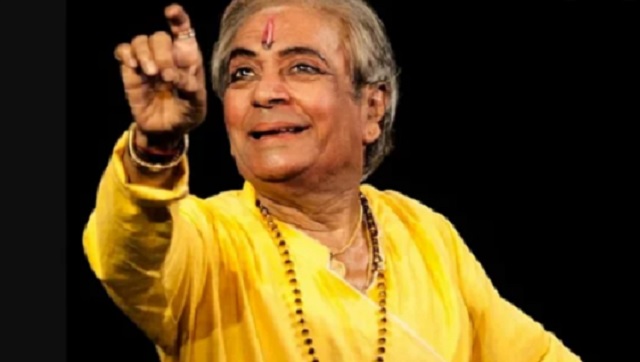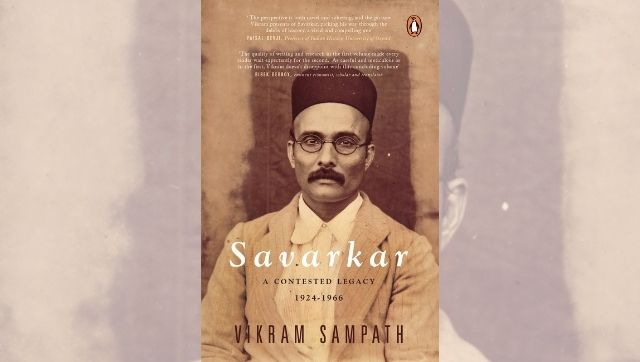Anthony Gonzalves was clever enough to get it right after having only just hatched out of an Easter egg: “You know the whole country of the system is juxtapositioned by the hemoglobin in the atmosphere because you are a sophisticated rhetorician intoxicated by the exuberance of your own verbosity!”
What?
Anyone attempting to read Subramanian Swamy vs Union of India, the imposing, 268 page long tome of text authored by Justice Dipak Misra, settling the question of the constitutionality of criminal defamation in India, will be as perplexed as the party audience in Amar Akbar Anthony’s famously catchy song.
Intoxicated by the exuberance of their own verbosity, our Courts have been guilty of making their decisions virtually impenetrable by the common man for whom they are purportedly written.
Attempts have already been made elsewhere to decipher this judgment . Strangely, this does not appear to be the usual literary style adopted by Justice Misra in his other decisions.
The precedent for such writing seems to stem from the inimitable VR Krishna Iyer. In 1979’s Phul Singh vs State of Punjab , the opening paragraph, narrating the facts of the case, reads thus: “A philanderer of 22, appellant Phul Singh, overpowered by sex stress in excess, hoisted himself into his cousin’s house next door, and in broad day-light, overpowered the temptingly lonely prosecutrix of twenty four, Pushpa, raped her in hurried heat and made an urgent exit having fulfilled his erotic sortie.”
He justified the reduction of the Appellant’s sentence from four years to two with this reasoning: “A hyper-sexed homo sapiens cannot be habilitated by humiliating or harsh treatment, but that is precisely the perversion of unreformed Jail Justice which some criminologists have described as the crime of punishment” (emphasis mine).
You’d be hard pressed to justify this sort of writing in today’s world. And yet, the flattering imitators persist. Subordinate Courts, bound as they are by stare decisis, take their literary cues from such prose. So the opening lines of the Special CBI Court’s judgment in the Arushi Talwar murder trial goes: “The cynosure of judicial determination is the fluctuating fortunes of the dentist couple Dr Rajesh Talwar and Dr Nupur Talwar…”
At the other end of the spectrum, the state of Maharashtra has been attempting to spread the use of Marathi in lower Courts for well over two decades. Attempts are now underway to conquer the last bastion of English, the stubbornly ‘Bombay’ High Court by making the official language Marathi. Obviously, this would present a peculiarly Indian problem where the Supreme Court gravitates towards a kind of written English which even the British probably never dreamed of, but subordinate Courts are driven towards local language.
Caught between this schism is the High Court, which is called upon to consider Appeals drafted in English from decisions rendered in Marathi. Between the inherent ambiguity of overly complicated judgments like Phul Singh and Subramanian Swamy, and the expectation of all Courts to translate and then apply their ratios to the cases tried by them, a recipe for disaster is in the making, to the detriment of ordinary Indian litigants.
Legal language is a subject that’s taught in the first year of LLB. But instead of teaching prospective lawyers (and therefore, judges) how to write lucidly, much emphasis is laid on memorising the English translations of Latin maxims (which, incidentally, are of limited use even in every day practice), the short forms of different law journals and the meanings of an assortment of commonly used ‘legal words’.
The only redeeming features are a section on essay writing, and another on grammar. This is not to suggest that good language skills necessarily translate into good advocacy or good judgments, or that those with poor language skills cannot make great lawyers and judges. The question is one of accessibility to the ordinary litigating public.
As long ago as 1986, Lawyers Collective magazine carried an article on the need for a Plain Language Movement in India, of the kind that is already well established abroad, to simplify language in Courts. Decrying what was already a dire predicament then, it was noted that “The highest court of the land has very often to assume the role of a philologist (linguist) and consider the minute nuances of a word after consulting various dictionaries and authorities, before coming to a possible conclusion. Then again what is true in one context need not apply to another and this does not preclude other interpretations and other delays on account of them. In many cases the judgement too is baffling, even to the legal pundits.”
Perhaps a solution is already close at hand. In journalism, another language-based profession, it is subeditors who are tasked with modulating the often unintelligible stories filed by reporters, and are expected to lend a unifying voice to the publications they work for. If our Courts continue in the vein of Subramanian Swamy, the time may come when recourse may have to be made to a similar solution — even a separate cadre of Court staff entrusted only with the editing of judgments — to enable litigants to hurdle over the Courts’ language barrier.
The author practices in Bombay High Court


)




)
)
)
)
)
)
)
)